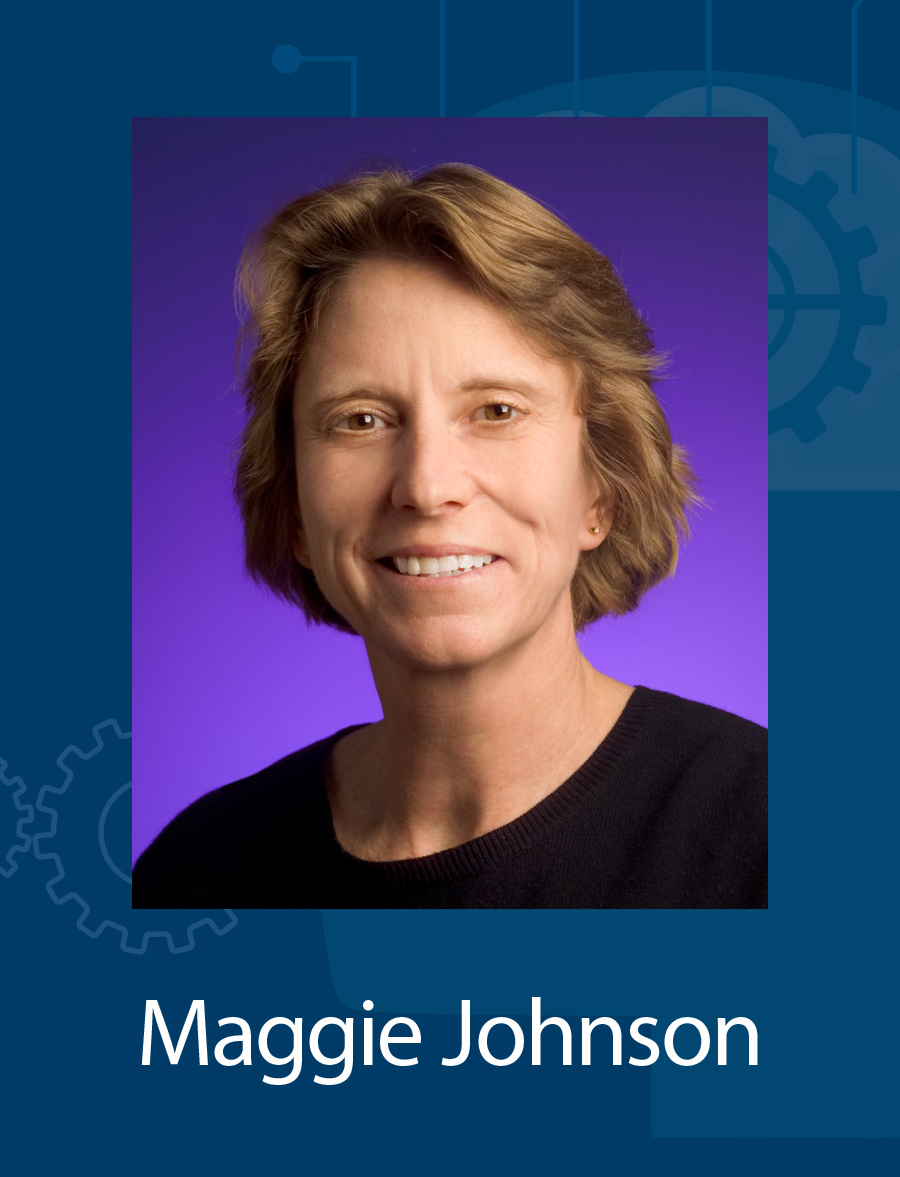leadership institute
Leadership Institute preview: Google VP of Education Maggie Johnson
Maggie Johnson is Google’s vice president of education. She works to support Google engineers in all of their work and leads external outreach and programs about computer science and computational thinking to schools from kindergarten through the college level. California School News sat down with Johnson to get her thoughts on the importance of computer science in K-12 public schools.

What are some of the biggest challenges K-12 educators face when it comes to integrating more technology into the classroom?
Teachers have so much to do and so little time. When you think of something like educational technology, it’s a tool that can be used effectively in certain contexts in the classroom, but it’s not a solution. It requires a teacher to, first of all, find the time to understand the technology and how it can be used to support the teaching and learning that goes on in their classroom. One of the ways that Google has tried to facilitate some of that with our products like Google Classroom and G Suite for Education is to show how technology can actually make a teacher’s job easier. There are ways to use technology that will save you time. Once they have that knowledge, you can show them how technology can be used for different kinds of curricular support.
Why is computer science learning important for all students regardless of their career path or plans for college?
At Google, we distinguish this pretty clearly. Our programs really focus on computational thinking for all students. The way we define that is thinking about how computer scientists solve problems. How do you use algorithms? How do you think about data? How do you use data to make decisions? We think of computational thinking as a foundational skill that all students need. They need to understand how computing is going to be used in whatever field they go into because, no matter what field they go into, computing is going to be used. Our Applied Digital Skills program is a semester-long high school course we provide for free. What we want to do is give all students an opportunity to learn about and try out skills such as computational thinking and coding so they can figure out if it is something they want to learn more about it.

- Maggie Johnson will share insights about the importance of computational thinking in the classroom at CSBA’s 2018 Leadership Institute in San Francisco, July 13–14
Why is it important to expose students at a young age to computational thinking?
I think about my own three kids and how open-minded and flexible they are before puberty as opposed to after — something happens there where they are more influenced by what their friends are or aren’t doing. In grades K-6, students are much more open to trying new things. Another aspect is the way we think computational thinking — in terms of algorithms, data and using the web and internet in safe and appropriate ways, all of those necessary digital skills — can be integrated into any topic area, especially in elementary and middle school. High school tends to be more constrained and defined.
What steps can school board members take to ensure that the students they serve are receiving an education that will prepare them for the technological world they are entering once they leave the classroom?
I think it’s really important for school board members to understand the value of computer science and computational thinking. There is a lot of data collected by Code.org and some other organizations that is able to show what the impact of this kind of learning is. We’re not going to convince anybody just by talking. We need the data to show the value of what the students are getting out of this and how it is helping them in their futures. Code.org has been collecting this data for over five years now.
Some concerns we have heard in our organization relate to the cost of technology, worries about obsolescence and the support needed to use technology effectively. Can you address these concerns?
One of the things that is quite powerful about Google Chromebooks — which were originally created for small and medium businesses, but to our surprise, just took off in the education sector — is that they are affordable. You open them up and the connect to the Cloud automatically, no installation required. You can drop it, and it works, it’s resilient. If you have those kinds of attributes for your device, a lot of the upgrades and maintenance issues for the software side just go away. What we are seeing with professional development in a lot of our applications that support teachers, such as G Suite for Education, is that they are layered — they can go lightweight and used a shared tool such as Google Docs, or really invest and use Google Classroom. It’s their choice and we give it away for free.
Conversations around technology tend to focus on professional development for educators and teachers — why is it also important for school board members to attend professional development events like CSBA’s Leadership Institute?
I think it is really critical because they are the decision-makers for what happens in a school district, and in order to make informed decisions about what is happening in that district, they need to have a solid understanding.
This interview has been edited for length and clarity.